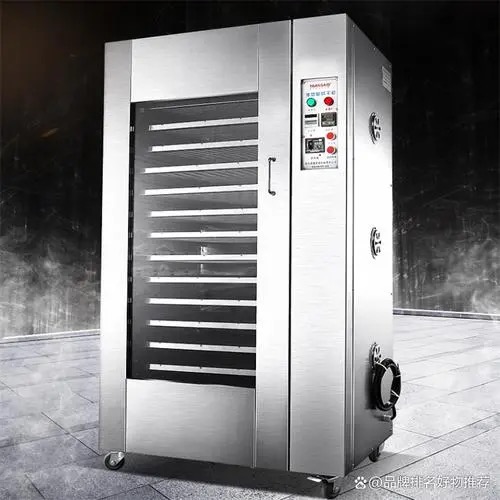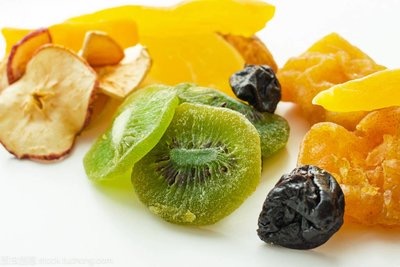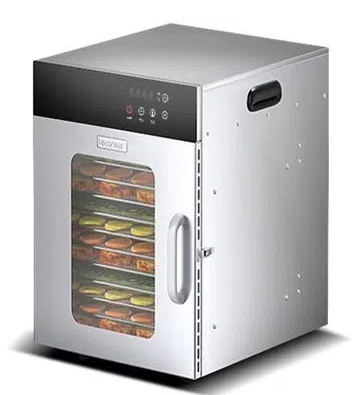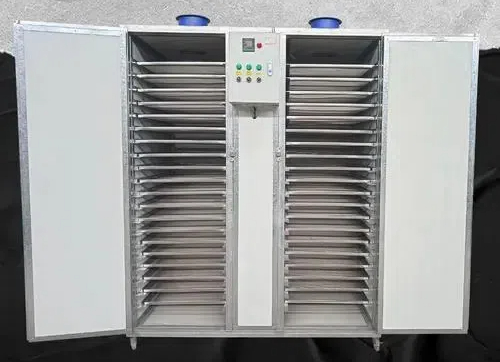
Content Menu
● Introduction
● Understanding Food Drying
● Types of Food Dryers
>> Heat Pump Dryers
>> Condenser Dryers
● Comparative Analysis: Heat Pump vs. Condenser Dryers
● Choosing the Right Food Dryer for Your Needs
● Practical Tips for Food Drying
● Conclusion
● Frequently Asked Questions
>> 1. What is the best type of food dryer for home use?
>> 2. How do I know when my food is fully dehydrated?
>> 3. Can I dehydrate meat in a food dryer?
>> 4. What are the energy costs associated with using a food dryer?
>> 5. How should I store dehydrated foods for maximum shelf life?
Introduction
Food drying is an ancient preservation method that has gained renewed interest in recent years due to its health benefits and convenience. By removing moisture from food, we can extend its shelf life, enhance flavors, and create nutritious snacks. Among the various tools available for food drying, heat pump and condenser dryers stand out for their efficiency and effectiveness. This article will explore the intricacies of food drying, compare these two types of dryers, and provide practical tips for successful food preservation.

Understanding Food Drying
Food drying works by removing moisture, which inhibits the growth of bacteria, yeasts, and molds. This process not only preserves food but also concentrates flavors, making dried fruits and vegetables a delicious addition to meals and snacks. Common foods suitable for drying include fruits like apples and bananas, vegetables such as tomatoes and peppers, and even meats for jerky.
Types of Food Dryers
Heat Pump Dryers
Heat pump dryers utilize a refrigeration cycle to extract moisture from food. They operate at lower temperatures, which helps preserve the nutritional content and flavor of the food. The advantages of heat pump dryers include energy efficiency and the ability to dry a variety of foods evenly. However, they may have longer drying times compared to other methods.
Condenser Dryers
Condenser dryers work by heating air and passing it through the food, then cooling the air to condense the moisture. This method is generally faster than heat pump drying, making it suitable for larger batches. However, condenser dryers tend to consume more energy and may not preserve nutrients as effectively as heat pump dryers.
Comparative Analysis: Heat Pump vs. Condenser Dryers
When choosing between heat pump and condenser dryers, several factors come into play:
1. Energy Efficiency: Heat pump dryers are typically more energy-efficient, using about half the energy of condenser dryers per load.
2. Drying Time: While condenser dryers can dry food faster due to higher temperatures, heat pump dryers provide a gentler drying process that can enhance flavor and nutrition.
3. Cost Considerations: Heat pump dryers may have a higher initial cost but can save money in the long run due to lower energy consumption.
4. Maintenance and Longevity: Heat pump dryers often require less maintenance and can last longer than condenser models.

Choosing the Right Food Dryer for Your Needs
Selecting the right food dryer depends on your specific needs. For home users looking to preserve small batches of fruits and vegetables, a heat pump dryer may be ideal. Conversely, those needing to process larger quantities for commercial purposes might prefer a condenser dryer for its speed.
Practical Tips for Food Drying
To achieve the best results when drying food, consider the following tips:
1. Preparing Food for Drying: Wash and slice food into uniform pieces to ensure even drying. Blanching vegetables before drying can help preserve color and flavor.
2. Optimal Temperatures and Drying Times: Different foods require different drying temperatures and times. For example, fruits typically dry at 135°F, while vegetables may need 125°F.
3. Storage Tips for Dehydrated Foods: Store dried foods in airtight containers in a cool, dark place to maximize shelf life. Vacuum sealing can further extend freshness.
Conclusion
Choosing the right food dryer is crucial for effective food preservation. Both heat pump and condenser dryers have their unique advantages and disadvantages, making them suitable for different applications. By understanding the science of food drying and following best practices, you can enjoy delicious, nutritious dried foods year-round.

Frequently Asked Questions
1. What is the best type of food dryer for home use?
Heat pump dryers are often recommended for home use due to their energy efficiency and ability to preserve nutrients.
2. How do I know when my food is fully dehydrated?
Food should be dry and leathery, with no moisture pockets. For fruits, they should be pliable but not sticky.
3. Can I dehydrate meat in a food dryer?
Yes, many food dryers are suitable for dehydrating meat, but ensure it is cooked and seasoned properly before drying.
4. What are the energy costs associated with using a food dryer?
Heat pump dryers are generally more energy-efficient, costing less to operate compared to condenser dryers.
5. How should I store dehydrated foods for maximum shelf life?
Store in airtight containers in a cool, dark place, and consider vacuum sealing for extended freshness.












